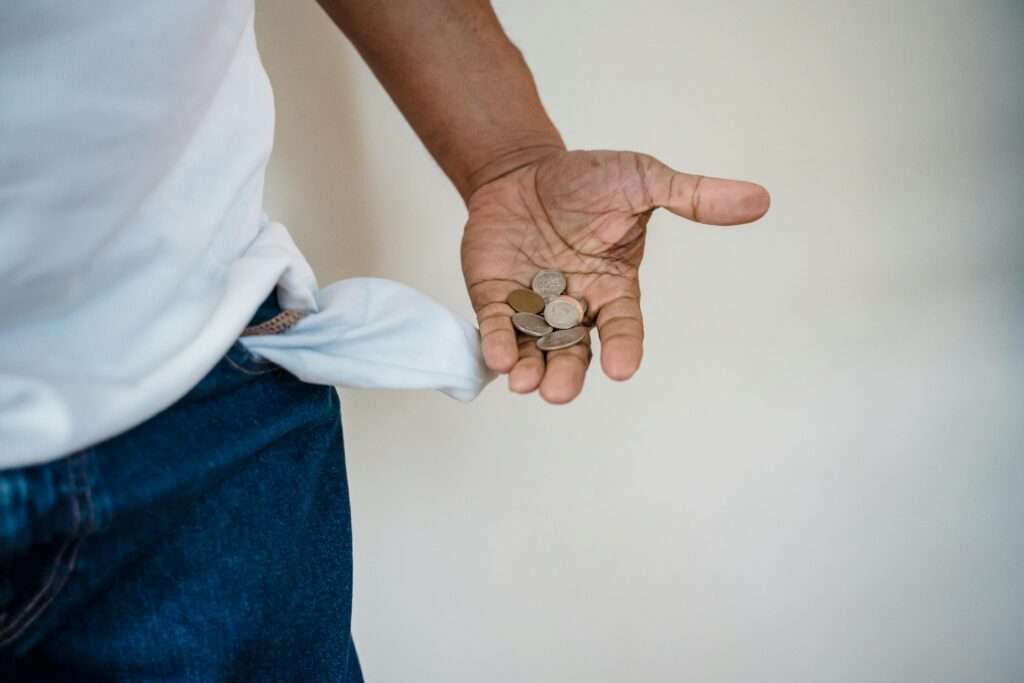
Introduction to Debt Repayment
Debt can feel overwhelming, but with the right strategies, you can take control of your finances and achieve financial freedom. Whether you’re dealing with credit card debt, student loans, or medical bills, the key is to create a plan that fits your goals and budget.
Common Types of Debt
Credit Card Debt
High-interest credit card debt can accumulate quickly, making it essential to pay down as soon as possible.
Student Loans
With fixed repayment terms, student loans often require long-term strategies. Refinancing can help lower interest rates.
Personal Loans
These typically have fixed monthly payments and interest rates, offering predictability for repayment planning.
Medical Bills
Medical debt can often be negotiated or paid off with low-interest plans.
Importance of a Debt Repayment Plan
Reducing Financial Stress
Knowing you have a clear strategy for repayment reduces anxiety and helps you stay focused.
Saving Money on Interest
Paying off debt faster reduces the total amount you spend on interest over time.
Improving Credit Score
As you reduce your balances and make timely payments, your credit score improves, opening up better financial opportunities.
Top Debt Repayment Strategies
Snowball Method
This method involves paying off your smallest debts first while making minimum payments on larger debts.
- How It Works: Focus on the smallest balance, pay it off completely, then roll that payment into the next smallest debt.
- Pros: Quick wins boost motivation.
- Cons: You may pay more in interest if high-interest debts are left for last.
- Best For: Those who need encouragement from visible progress.
Avalanche Method
This approach targets high-interest debts first to minimize overall costs.
- How It Works: Pay off the debt with the highest interest rate first while making minimum payments on others.
- Pros: Saves the most money on interest.
- Cons: It may take longer to see progress, which can be discouraging.
- Best For: Those focused on financial efficiency.
Refinancing and Consolidation
These options can simplify debt repayment and reduce interest rates.
- Refinancing: Replace high-interest loans with one that has a lower rate.
- Debt Consolidation: Combine multiple debts into a single payment, often with a fixed interest rate.
- Risks: Beware of fees or extending repayment terms, which can increase the total cost.
Steps to Create a Debt Repayment Plan
Step 1: List All Your Debts
Organize your debts by balance, interest rate, and minimum payment. This gives you a clear overview of where to focus.
Step 2: Set a Budget
Dedicate a portion of your income to debt repayment. Use apps like Mint or YNAB to help track your spending.
Step 3: Allocate Extra Income Toward Debt
Redirect side hustle earnings, bonuses, or windfalls to your highest-priority debts.
Tips for Staying Motivated While Paying Off Debt
Celebrate Small Wins
Paying off a single debt, no matter how small, is an achievement worth celebrating.
Visualize Debt-Free Living
Imagine the freedom and opportunities that come with being debt-free to stay focused.
Find an Accountability Partner
Share your progress with a trusted friend or family member to stay on track.
Common Mistakes to Avoid
Ignoring High-Interest Debt
High-interest debts should be a top priority to avoid excessive costs.
Taking on More Debt During Repayment
Avoid new debt unless absolutely necessary, as it can derail your progress.
Not Having an Emergency Fund
Without an emergency fund, unexpected expenses could force you to rely on credit cards again.
Read More…
FAQs About Debt Repayment Strategies
- What’s the best way to pay off credit card debt?
Use the avalanche method to tackle high-interest credit cards first or consolidate for lower rates. - How can I prioritize multiple debts?
Organize debts by interest rate or balance and choose a method (snowball or avalanche) that works for you. - Is debt consolidation a good idea for everyone?
It’s ideal for those with multiple high-interest debts, but ensure the consolidation loan has better terms. - Should I save or pay off debt first?
Build a small emergency fund first ($500–$1,000) while focusing on high-interest debt. - Can I negotiate with creditors for better terms?
Yes, many creditors are open to lowering interest rates or setting up payment plans if you communicate with them.
